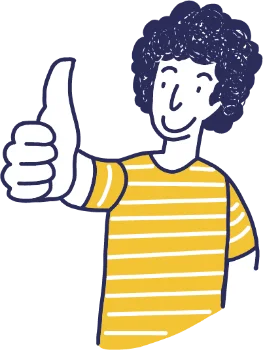The policy development process is set up in different ways in different municipalities and is often strictly regulated. However, if young people are to be engaged, they also have to be invited to a dialogue on how the process as such should be designed and how their voices should be heard and taken into account.
In this dialogue, it is crucial to make clear the roles and mandates of young people and how the views of different groups of young people, e.g. organised and not organised young people, are to be considered.
The engagement of young people, as well as of other stakeholders, relies on that they know in advance what to expect regarding the process as such and in terms of influence. It is through meeting all stakeholders, their ideas and experiences, as resources that the best possible result will be obtained. This will also secure that the policy is well grounded and understood among all stakeholders concerned.

